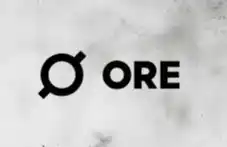Who will be the biggest winner in the x402 trillion track?
The brutal truth about value capture for x402.
The brutal truth about x402 value capture.
Written by: Yash
Translated by: AididiaoJP, Foresight News
x402 is having its moment in the spotlight, with a16z calling it a 30 trillion USD market.
As someone who has been following x402 since its early days, I started to wonder: if this market is truly so massive, who will be the biggest winners?
This article won’t explain what x402 is, but will instead analyze its value accrual and adoption from a practical perspective.
The core value of x402 is that every API call can become a payment transaction. Simply put, any button click can turn into a micropayment.
x402 is not a technological innovation; it can be fully implemented via blockchain transactions. All the limitations of blockchain transactions, such as gas fees and wallets, also apply to x402.
But as a payment standard, it is extremely powerful because it is compatible with the HTTPS protocol, enabling the entire internet to support payment functionality.
Like all payment systems, x402 has four main stakeholders:
- API sellers (supply side)
- API buyers (demand side)
- Intermediaries
- Underlying chains and tokens
1. Sellers (Supply Side)
Mainly divided into two categories:
- First-party / second-party sellers (e.g., @switchboardxyz selling their own pricing data)
- Third-party sellers (e.g., selling @heliuslabs’ RPC services via proxy APIs)
For the first type of sellers, once demand is large enough, they have every reason to support x402, as it helps them open up new markets.
For example, The New York Times could enable x402 on its website, requiring crawler bots to pay for access, thus opening up new revenue streams.
Or, after a platform like Airbnb supports x402, @perplexity_ai’s AI agents could pay directly with USDC and automatically receive commissions in the same transaction.
The second type of sellers often become “API marketplaces,” integrating various APIs to provide users with convenient payment methods. Their profit model is arbitrage, such as charging a fixed monthly fee of $20 and then $0.0001 per call.
In the short term, intermediaries are motivated to build API marketplaces to solve the cold start problem (e.g., @corbits_dev).
For sellers, the immediate opportunity is to upgrade existing APIs or websites to support x402, gaining extra revenue and traffic from network effects.
2. Buyers (Demand Side)
API consumers, especially “AI agents.” Any user or agent with a wallet can pay API fees via x402.
This is the hardest part of the chain to kickstart. It can be said that real demand is almost zero at present (most are spam transactions).
There are two ways to stimulate demand:
- Sellers provide data exclusively via x402 (e.g., news sites only allow paid crawling via x402)
- Offer enough APIs supporting x402 so agents and applications can easily use them
I believe the key driver could be @Cloudflare (a member of the x402 Foundation, especially focused on pay-per-crawl). As the world’s largest edge network/CDN provider, Cloudflare deeply controls the distribution of network traffic (including APIs, content, and services).
They only need to add a switch to enable x402 for specific content, allowing developers to earn extra income. (I guess initially it will be Coinbase/Base exclusive, supporting NET USD payments.)
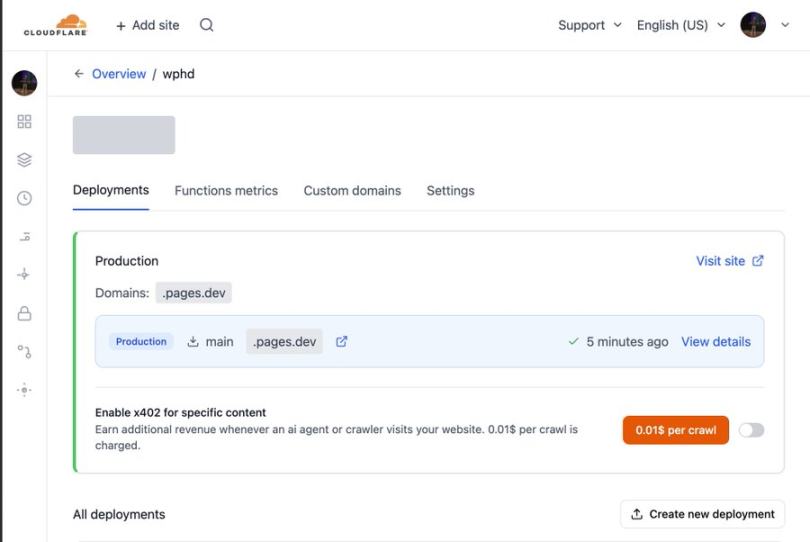
I even designed an interface for how Cloudflare could implement this feature.
Agent commerce (such as ChatGPT, Shopify, etc.) will become the biggest demand driver for x402.
Important note: Many people mistakenly think x402 allows payments without a wallet, but x402 is not magic. It still fundamentally requires wallets and blockchain transactions (including gas fees), though these are abstracted away or can be batch processed off-chain via API credits.
3. Intermediaries
Just like Visa and Mastercard, they route payments between API buyers and sellers. They usually charge 0-25 basis points (currently most are free), but this is destined to be a price war because the barrier to entry for intermediaries is very low.
Although Visa/Mastercard have deep moats, x402 intermediaries have almost none, because the real network effects are accumulated on the underlying blockchains. Large companies like Cloudflare or Google can easily launch their own intermediaries on chains like Solana or Base in a day, since they control the user interface.
And giants like Coinbase, to promote the ecosystem, may even open source and provide intermediary services for free, further compressing profit margins.
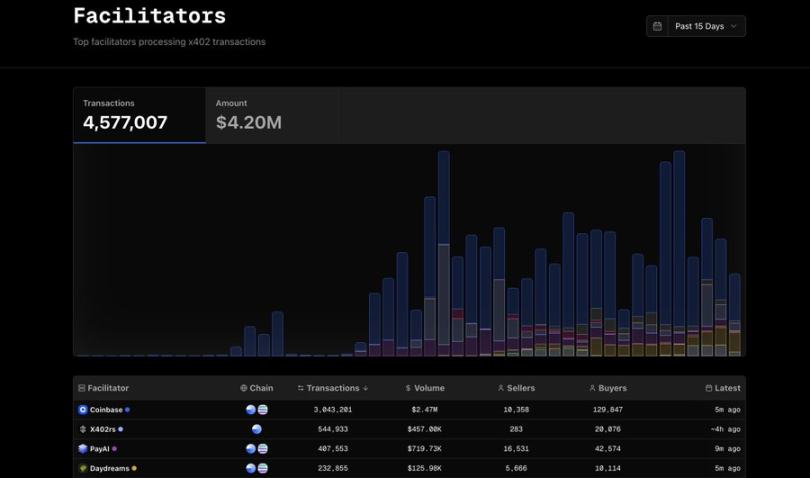
The main x402 intermediaries currently include: @CoinbaseDev, @x402rs, and @PayAINetwork.
4. Public Chains and Tokens
As a key project of @coinbase, @base (and USDC) is naturally the main chain. But other public chains like @SolanaFndn (which held an x402 hackathon) are also promoting it vigorously.
All stablecoins and public chains will strive to dominate x402, as this directly increases on-chain TVL (by increasing stablecoin locked value and transaction count).
It will be interesting to see how stablecoin chains like @tempo and @arc integrate x402 into enterprise developer toolkits.
In my view, public chains, tokens, and wallets will capture the most value in the x402 ecosystem.
There’s a reason why Coinbase and @brian_armstrong are pushing x402 so hard—Coinbase controls the entire tech stack:
- Intermediary (CDP)
- Public chain (Base)
- Stablecoin (USDC)
- Wallet (Base app and Coinbase embedded wallet)
They can provide end-to-end solutions directly to enterprise clients (like Cloudflare, Vercel) while keeping the core protocol open source.
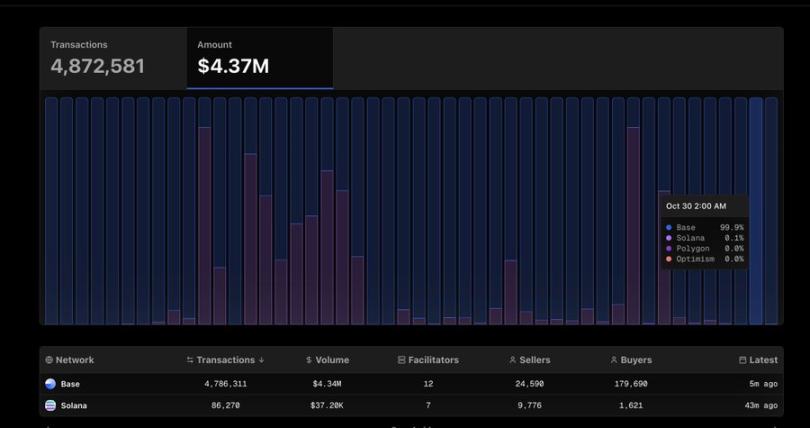
Base is currently far ahead, but everything is just beginning.
Large companies like Stripe are likely to launch their own x402-like protocols or run x402 payments on their own chains (such as @tempo). In addition, on chains like @solana or @base, large-scale micropayments are currently not economical.
For example, on Solana, due to base fees + priority fees, any payment below $0.1 is not cost-effective, as payment transactions have to compete for resources with speculative trades (like Memecoin swaps). I appreciate Tempo’s design, which provides a dedicated channel for payment transactions.
It is foreseeable that as x402 becomes more popular, there will definitely be sidechains/appchains/rollup solutions dedicated to handling x402 payments.
Value Capture by Interfaces and Wallets
It goes without saying that whoever controls the traffic entry and user interface will capture the most value, whether it’s platforms/marketplaces, AI chat apps, AI browsers, etc.
In the internet sector, browsers occupy the most user attention and are naturally suited to integrate x402 and control the wallet layer.
Imagine Chrome with a built-in native wallet, where every click could trigger an x402 payment. Any API could complete payment directly when needed, as long as it passes a secure whitelist review.
Browser providers could easily charge a 0.05% transaction fee, and users would be willing to pay for the convenience.
However, x402’s biggest competitor is Stripe!
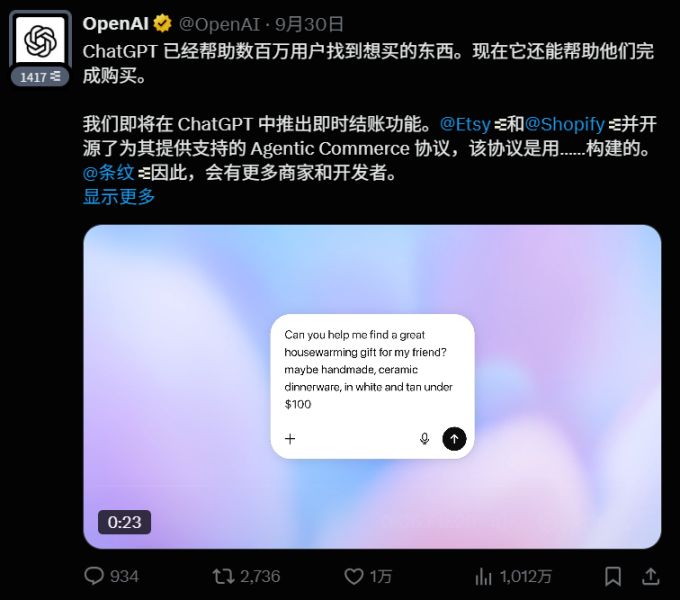
For example, the largest consumer AI app, ChatGPT, announced it would enable commerce via @Stripe. Stripe has its own agent commerce protocol (ACP), which processes payments over the existing card network by sharing payment tokens.
x402 and Dynamic Resource Pricing
x402 is good at handling fixed pricing (e.g., “$0.001 per API call”), but this doesn’t fully unleash the true potential of blockchains: creating markets for everything.
I believe x402’s uniqueness lies in enabling “resource markets.” These resources can be:
- Data or results (such as prices, news)
- Computing power or inference capability
- Specific actions (like booking a flight)
- Complex workflows (like custom chair manufacturing)
- Priority services (such as time slot or bandwidth reservations)
Historically, market mechanisms have solved information coordination problems, with prices naturally reflecting supply and demand.
Now imagine a future where you tell an AI agent, “Order me a custom chair for $500 with these specifications.”
This agent would autonomously coordinate multiple resources: sourcing wood, hiring a carpenter, arranging delivery—all fully automated, completely solving the resource coordination problem.
Thanks to large language models and AI agents, for the first time we have machines capable of reasoning and negotiating across the entire supply chain. This will drive hyper-financialization, with markets dynamically forming and real-time pricing for every resource and action, while AI agents seamlessly transact and pay behind the scenes.
Although x402 itself does not support dynamic pricing, blockchains like Solana can, through permissionless market creation mechanisms.
Imagine every Airbnb host having a dynamic market, where prices are no longer set by the host but are entirely determined by market demand—this is the world we are heading toward.
Prospects for x402
I look forward to x402 and the infinite possibilities it brings.
But it is indeed overhyped; if you want to invest in x402 tokens, 99% are worthless.
Although I’m not optimistic in the short term, I am extremely bullish in the long run: x402 will definitely become the foundational technology for the agent-based internet and be deeply integrated into crypto networks.
x402 reminds me of Solana Blinks, which allowed every click to become a Solana transaction request, but Blinks didn’t take off at the time.
But this time is different—we have a giant like @coinbase leading the way. If successful, we will forever change the way payments work on the internet!
Summary
Whoever controls the traffic entry and user interface (as well as assets/public chains) will capture the most value in the x402 ecosystem. This is why Coinbase is going all in—it controls the end-to-end tech stack.
The SendAI team (especially @_0xaryan) has been closely following x402 development since May 2025 and has actively contributed to the x402-mcp project in collaboration with @vercel (adding @solana support for specific use cases).
In the future, we will integrate the complete x402 tech stack into broader infrastructure and applications.
Disclaimer: The content of this article solely reflects the author's opinion and does not represent the platform in any capacity. This article is not intended to serve as a reference for making investment decisions.
You may also like
21Shares XRP ETF Launch Soon as US SEC Opens Review Window
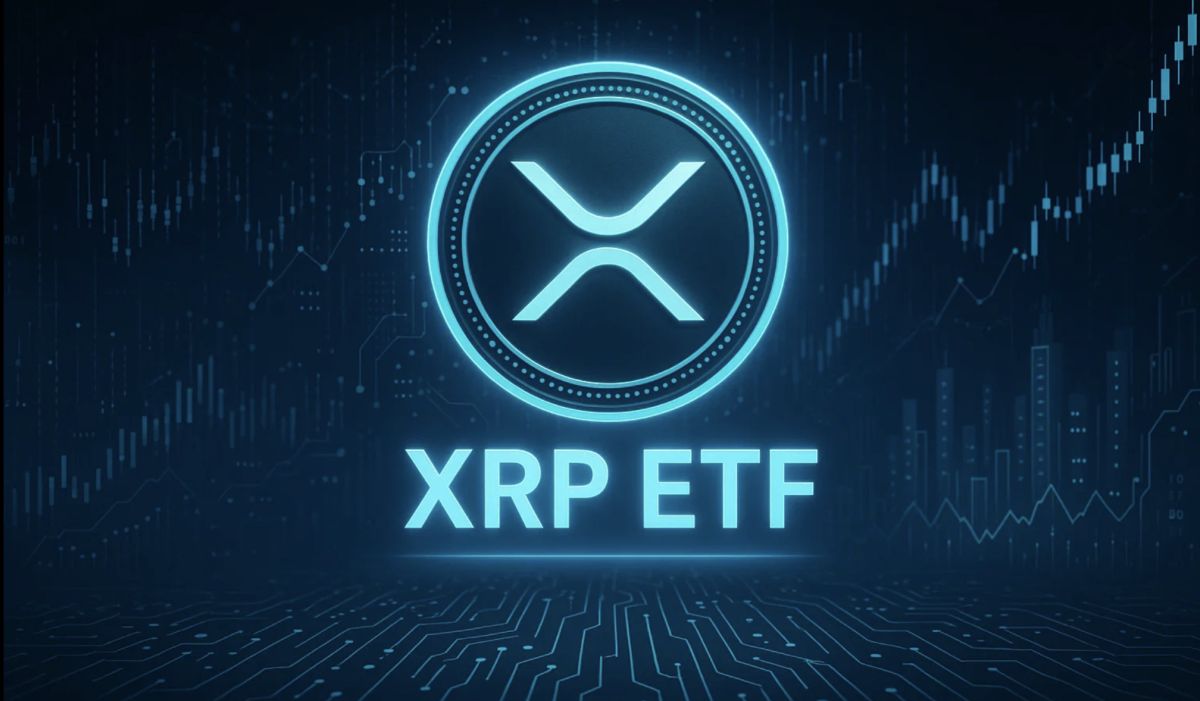
Stellar Network Taps LayerZero to Enable Global Cross-Chain Payments Across 150+ Blockchains

JPMorgan Invests $102M in BitMine as Ethereum Institutional Demand Rises

The former legendary project ORE returns: new economic model launched, surging over 30 times in a single month
Solana co-founder Toly retweeted a post to highlight the advantages of ORE, including continuous miner incentives, staking rewards coming from protocol revenue rather than inflation, and fees being fed back into the ecosystem.
